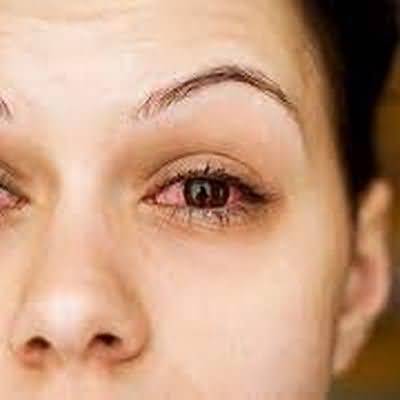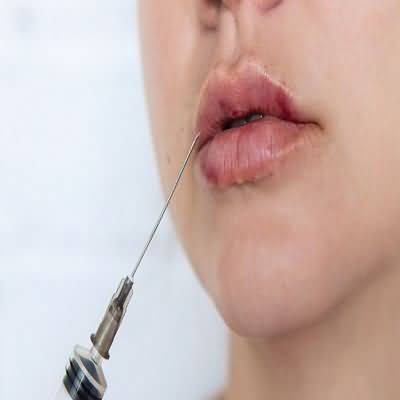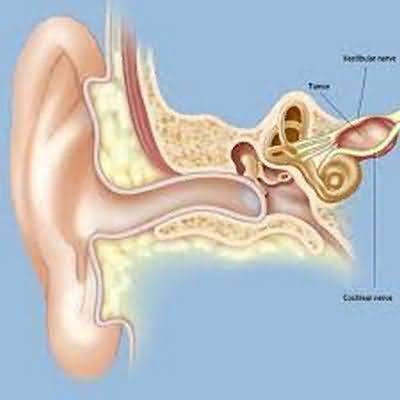olfactory dysfunction
olfactory dysfunction
ESSENTIALS OF DIAGNOSIS
General Considerations
Anatomic blockage of the nasal cavity with subsequent airflow disruption is the most common cause of olfactory dysfunction (hyposmia or anosmia)Polyps, septal deformities, and nasal tumors may be the cause
Transient olfactory dysfunction often accompanies the common cold, nasal allergies, and perennial rhinitis through changes in the nasal and olfactory epithelium
About 20% of olfactory dysfunction is idiopathic, although it often follows a viral illness
Central nervous system neoplasms, especially those that involve the olfactory groove or temporal lobe, may affect olfaction and must be considered in patients with no other explanation for their hyposmia or other neurologic signs
Head trauma is a rare but severe cause of olfactory dysfunction
Shearing of the olfactory neurites accounts for less than 5% of cases of hyposmia but is more commonly associated with anosmia
Absent, diminished, or distorted smell or taste has been reported in a wide variety of endocrine, nutritional, and nervous disorders
In particular, olfactory dysfunction in Parkinson disease and Alzheimer disease has been the subject of research as neurofibrillary tangles and Lewy bodies are found throughout the olfactory system
Quantitation of olfactory dysfunction may serve as a useful marker of disease progression and response to specific treatment
Clinical Findings
Evaluation of olfactory dysfunction should include a thorough history of systemic illnesses and medication use as well as a physical examination focusing on the nose and nervous systemNasal obstruction (from polyps, trauma, foreign bodies, or nasal masses) can cause functional hyposmia and should be excluded before concluding that the disruption of olfaction is primary
Most clinical offices are not set up to test olfaction, but such tests may at times be worthwhile if only to assess whether a patient possesses any sense of smell at all
The University of Pennsylvania Smell Identification Test (UPSIT) is available commercially and is a simple, self-administered “scratch-and-sniff” test that is useful in differentiating hyposmia, anosmia, and malingering
Odor threshold can be tested at regional specialty centers using increasing concentrations of various odorants
Treatment
Hyposmia secondary to nasal polyposis, obstruction, and chronic rhinosinusitis may respond to endoscopic sinus surgeryUnfortunately, there is no specific treatment for primary disruption of olfaction; some disturbances spontaneously resolve
The degree of hyposmia is the greatest predictor of recovery, with less severe hyposmia recovering at a much higher rate
In permanent hyposmia, counseling should be offered about seasoning foods (such as using pepper that stimulates the trigeminal as well as olfactory chemoreceptors, rather than table salt) and safety issues (such as installing home smoke alarms and using electric rather than gas appliances)


















